Subscription growth hack (by PayKickstart)
Facebook Group - 3,932 members
Visit Group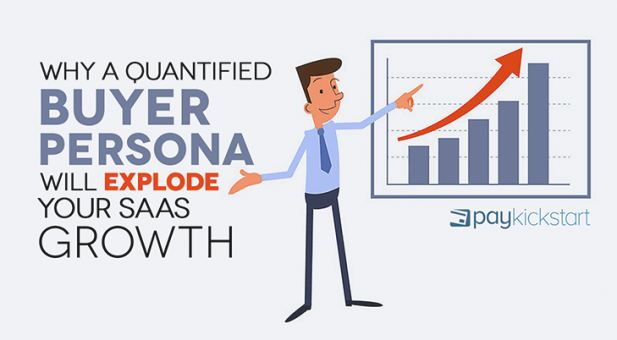
Understanding your customers better is key to your (SaaS) business success. But how to organize your target audience knowledge better?
One way to better relate to your target customer and better segment your audience is to use quantified buyer personas, i.e. creating profiles of your niche decision-makers backing them with as much data as you can collect including their income, their budgets, their skill level, etc.
A buyer persona is a fictional character that represents a user type that may use products, your service, or your site. Creating personas is a technique used in marketing and user-centered design. Marketers often use personas when doing market segmentation or crafting customer-centric content strategy.
There are basically two steps in building a buyer persona:
For buyer personas to be useful, they need to contain quantified customer models. You need to know:
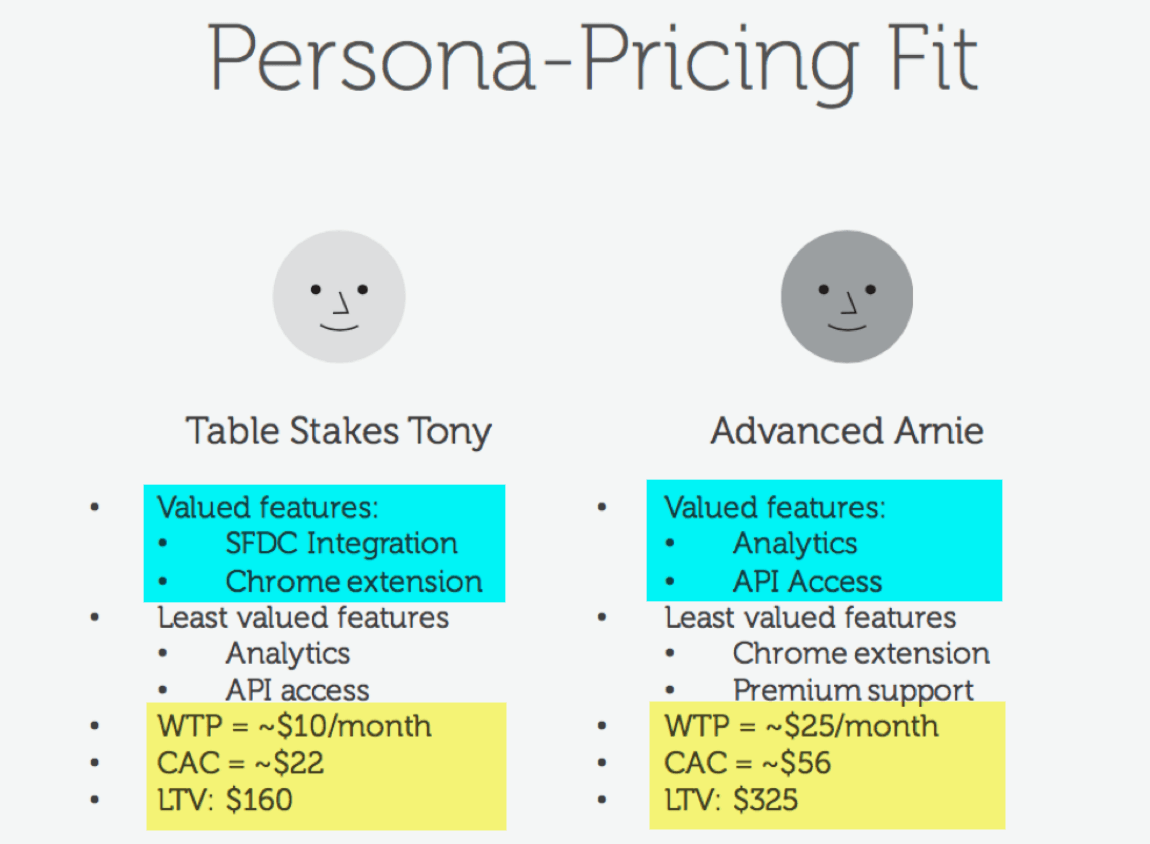
Image source: Price Intelligently
This is how the understanding of buyer personas turns into something that is measurable and actionable, enabling you to use them in a way that will push the business forward.
Working closely with your customer support and sales teams will be a great help here because they work with your customers every day. An effective customer support CRM solution is the first step to creating reliable buyer personas.
Although customers can unfortunately not be cloned, every new customer that signs up gives you a little bit of insight helping you to model customers.
By involving your sales team and implementing abandoned cart emails, you can even learn something from visitors that don’t become leads and leads that don’t become customers.
Surveying your customers can help analyze demographics and determine which buyer profile each customer fits into. Use “Surveys” feature inside PayKickstart to easily create surveys to help you collect data around your current customers:
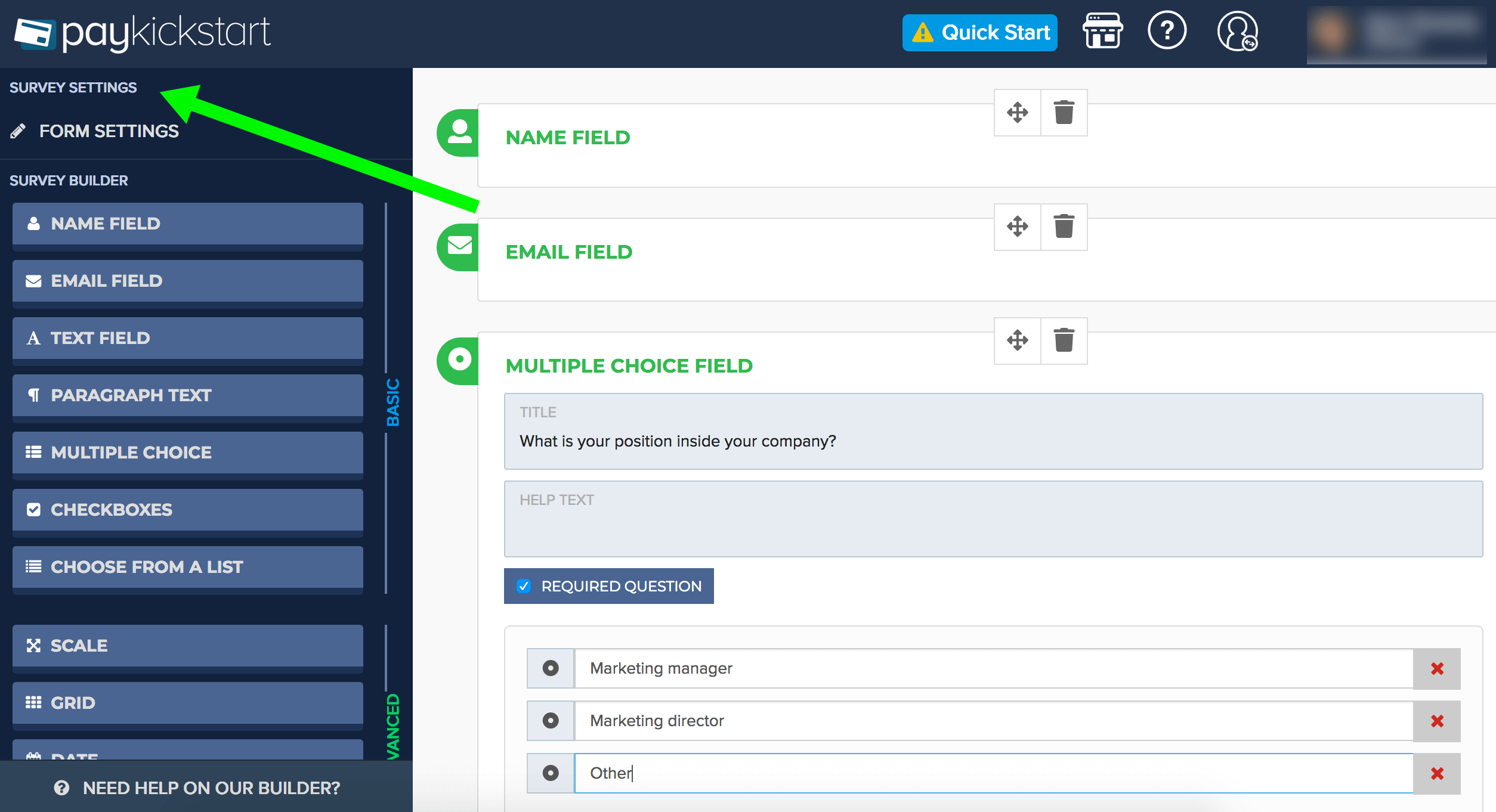
Further reading: Here’s a detailed guide on setting up an automated survey with PayKickstart.
Don’t create too long customer surveys as you’ll find more of your customers give up on them. Keep your questions focused on the decision-making process, for example:
Another PayKickstart feature helping you create buyer personas is Demographics section giving you a lot of insight into your current customers, including:

Further reading: Learn more about Gathering Customer Demographics & Intelligence
Each buyer persona can then be strengthened by using other data, such as their customer acquisition cost (CAC) and your average customer lifetime. This quantified buyer persona can be used to develop number-driven profiles of customers, which can in turn be used to develop new features and growth ideas.
There are other tools you can use to create a more actionable buyer persona including:
Finteza: Clearly see your site users’ locations, including countries and cities (!) which is pretty unique level of insight:
Google Search Console and Google Analytics will also provide you with a lot of audience insights. In Google Analytics you can see your site users’ interests:
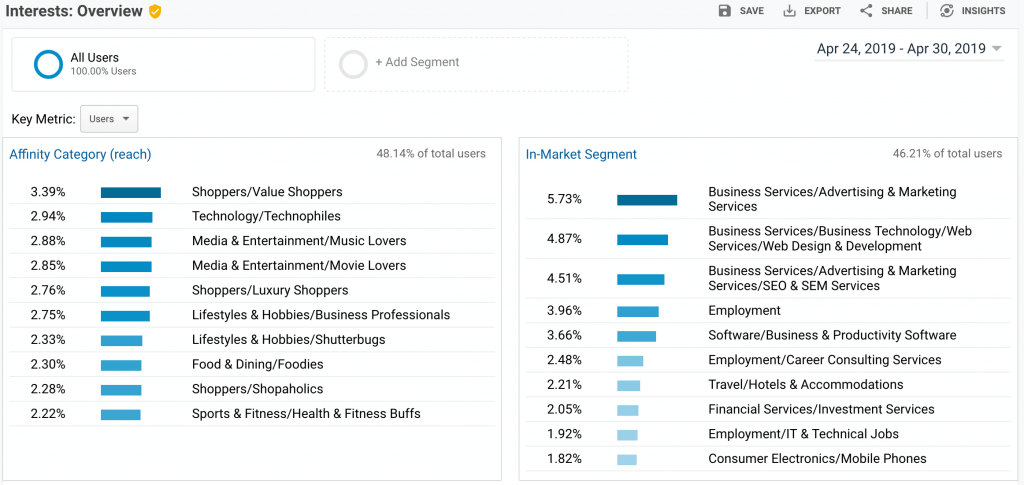
Text Optimizer: See what type of audience your or your competitor’s page targets:
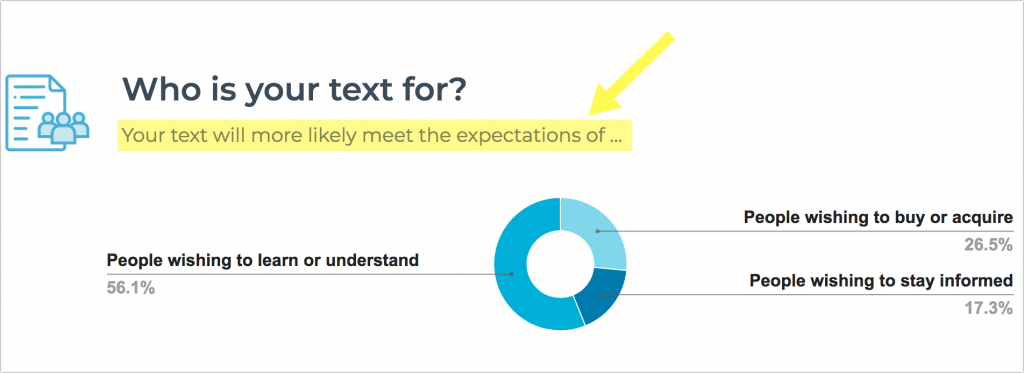
Put simply, here’s how the process of creating quantified buyer personas to grow your SaaS business can look like:
As a SaaS business, one of the most effective high-leverage actions to increase your ROI is to optimize pricing. As the sales funnel moves through the pricing page, it’s critical to understand which different buyer personas visit the page.
Pricing can be set up in several ways. Competitor-based and cost-based pricing are two often used ways in which pricing is structured.
These methods are however both inherently flawed as neither take buyer personas into account.
You need to understand your customers, the amount they are willing to pay and the value they derive from using the product.
Pricing a product based on the value customers perceive they’re getting at a specific price point is the basis of value-based pricing. If pricing is based on customers’ willingness to pay and what they actually need and want, it allows you to get the best price for the service.
At the root of quantifying buyer personas is their willingness to pay (WTP). It is impossibly to build a pricing strategy without knowing how much customers will be willing to pay for products.
Whenever you are considering to add a new feature or a new subscription tier, survey your current or prospective customers to find their average willingness to pay and if your new feature cost can justify the trouble. This rule will help you move forward consistently without relying on guess work.
By using quantified buyer personas, you will be able to target the right individuals precisely by using the right value proposition at the right prices. This will enable you to give your customers what they need and accelerate your growth.
Ann Smarty is the Brand Manager at Internet Marketing Ninjas, as well as co-founder of Viral Content Bee. Ann has been into Internet Marketing for over a decade, she is the former Editor-in-Chief of Search Engine Journal and contributor to prominent search and social blogs including Small Biz Trends and Mashable. Ann is also the frequent speaker at Pubcon and the host of a weekly Twitter chat #vcbuzz
Read More About Ann Smarty